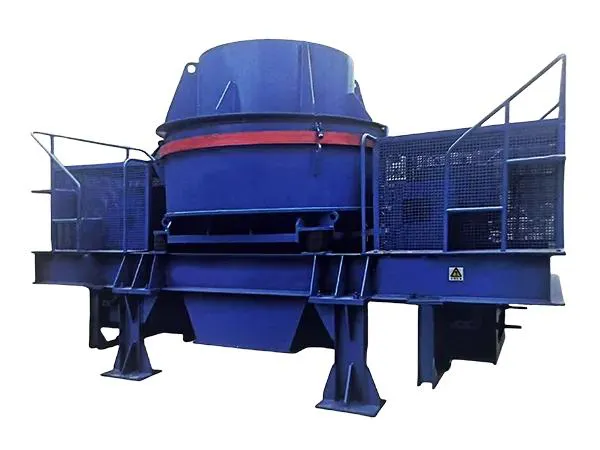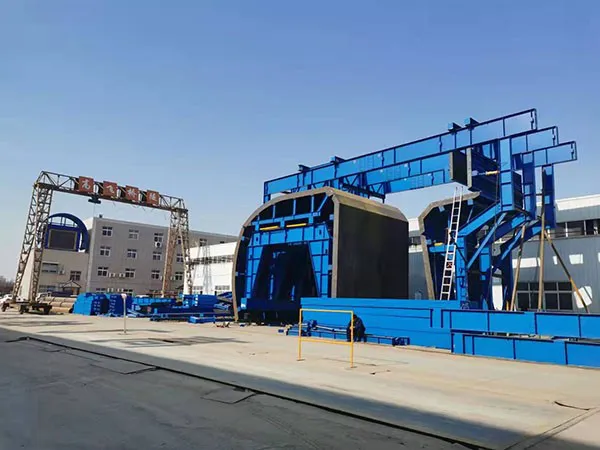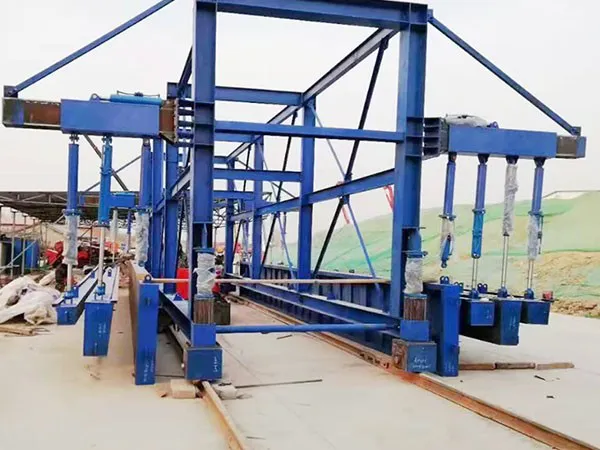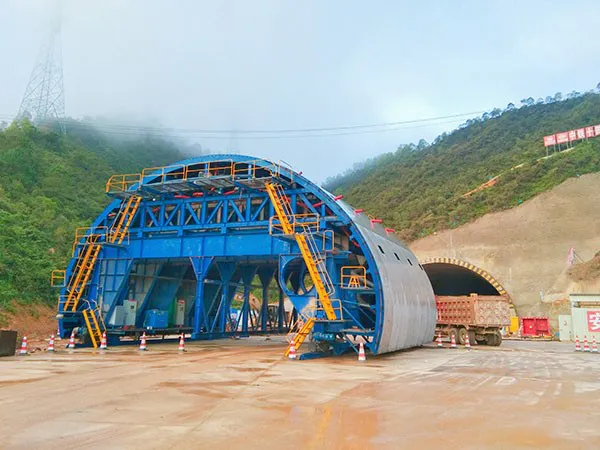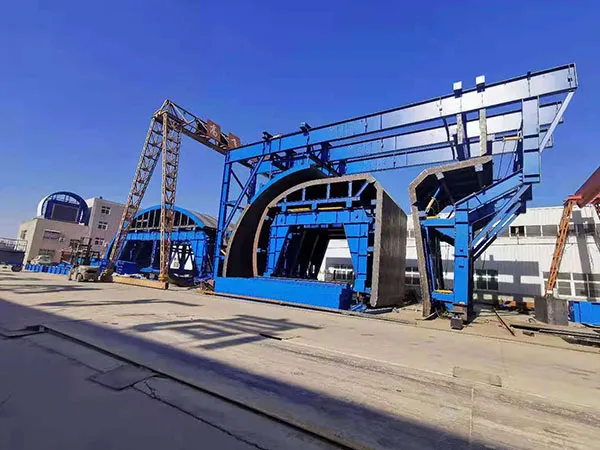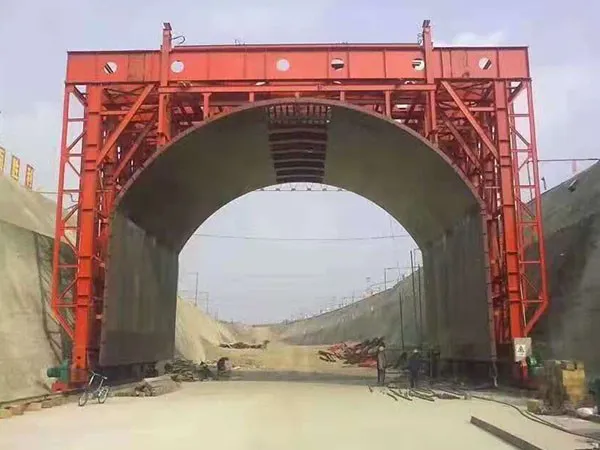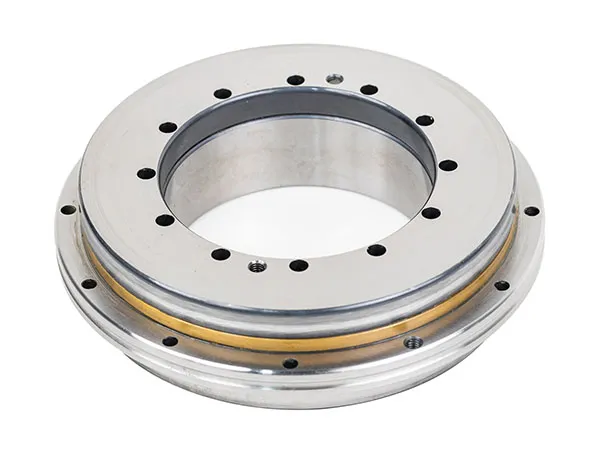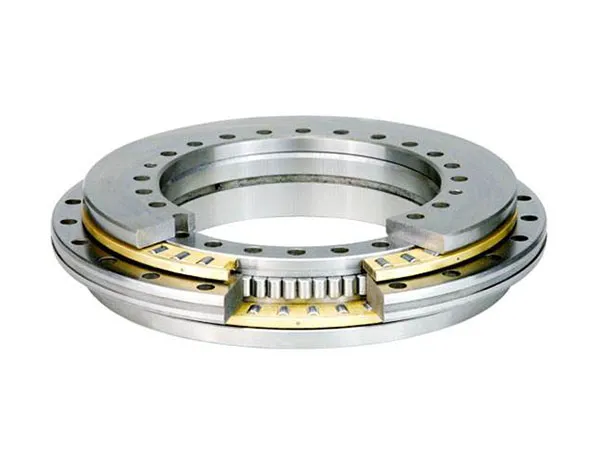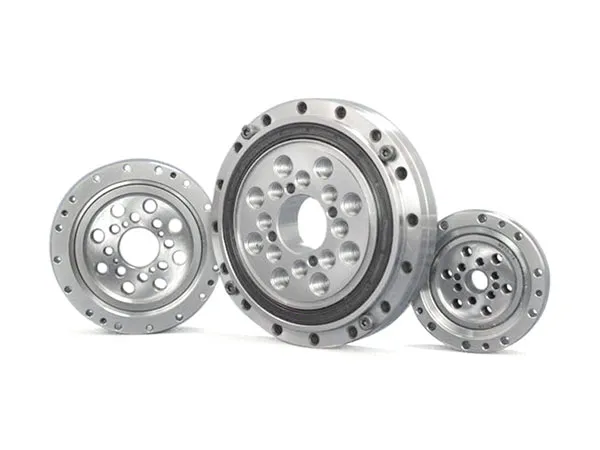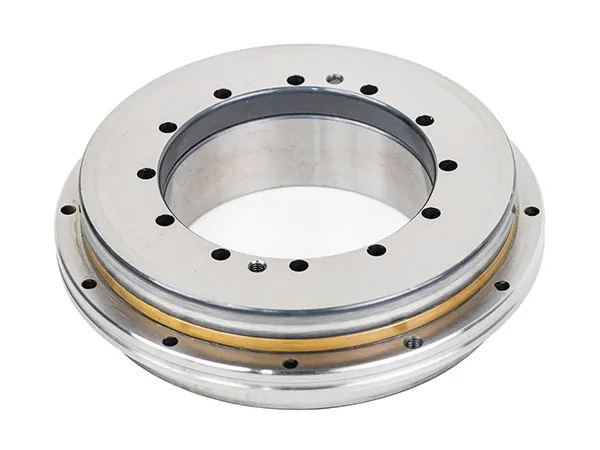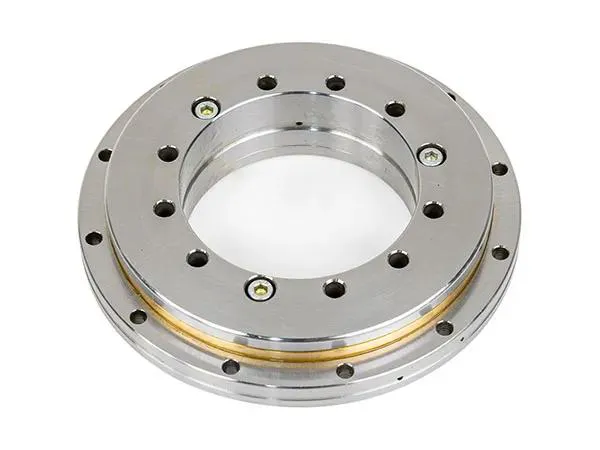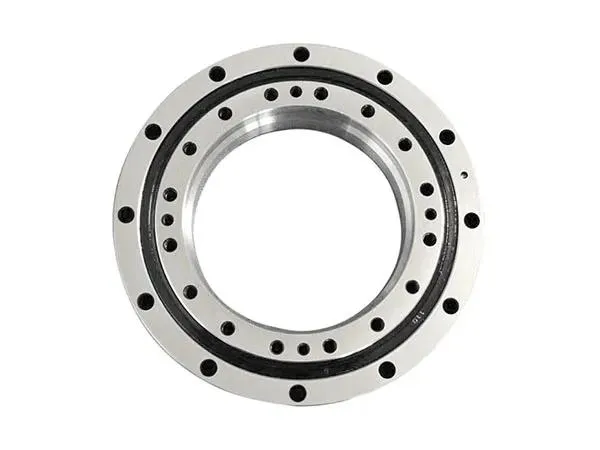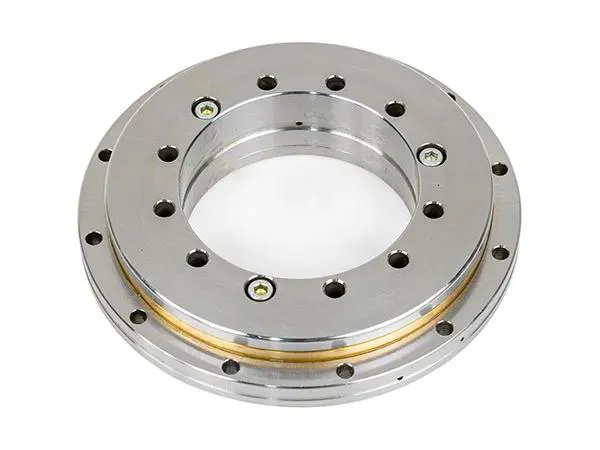Impact Crusher Maintenance Guide: Tips to Maximize Efficiency and Extend Lifespan
Impact crushers play a critical role in mining, construction, and aggregate production thanks to their high crushing efficiency and versatility in handling different materials. To keep your impact crusher operating at peak performance and minimize costly downtime, regular maintenance is essential. Here’s a practical guide to maintaining your impact crusher effectively.
Impact Crusher Maintenance Guide
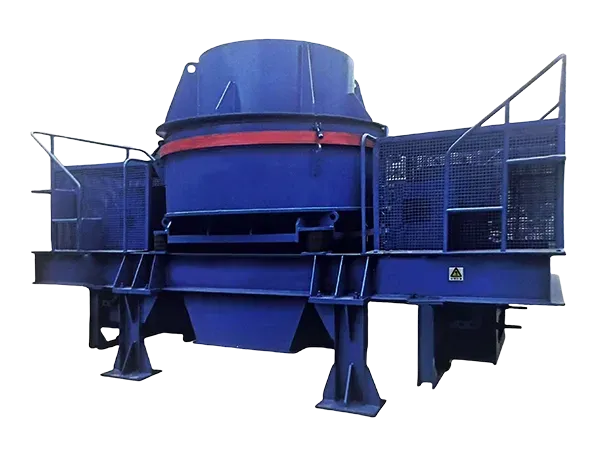
1. Inspect Wear Parts Regularly
The wear parts—including blow bars, impact plates, and liners—experience constant stress and friction. Regular inspection ensures optimal performance and prevents unexpected breakdowns:
Blow Bars: Check for cracks or severe wear and replace them promptly to avoid rotor damage.
Impact Plates: Ensure plates are not bent or deformed, as worn plates reduce crushing efficiency.
Linings: Monitor liners frequently and replace them before they become excessively worn.
Maintaining these components in good condition significantly reduces repair costs and avoids unplanned downtime.
2. Prioritize Lubrication
Proper lubrication is critical for bearings and moving parts to prevent overheating and premature failure. Key practices include:
Use high-quality lubricants recommended by the manufacturer.
Stick to a strict lubrication schedule.
Monitor bearing temperatures for signs of abnormal friction.
Adequate lubrication extends component life and keeps your impact crusher running smoothly.
3. Monitor the Rotor and Drive System
The rotor is the core of an impact crusher, and its proper functioning is vital for efficiency:
Check for rotor imbalance or unusual vibrations.
Inspect belts, gears, and couplings for wear and tear.
Ensure drive belts are correctly tensioned to prevent slippage.
Ignoring these checks can lead to reduced performance and costly repairs.
…
For more detailed information on impact crusher maintenance guidelines, please click here:https://www.yd-crusher.com/a/news/impact-crusher-maintenance-guide.html

